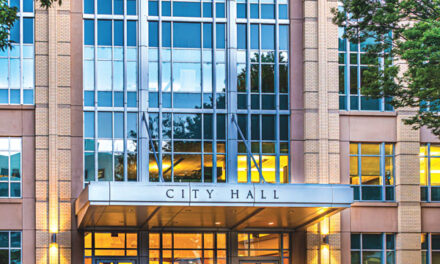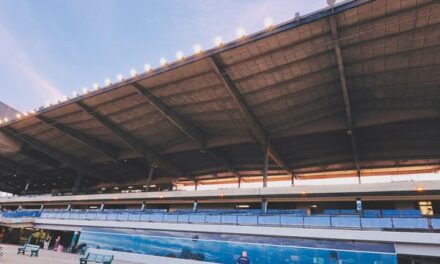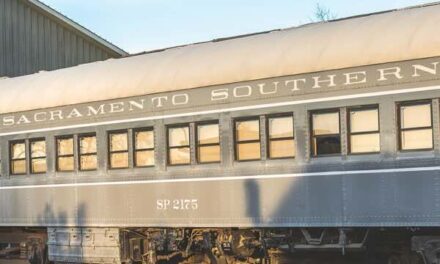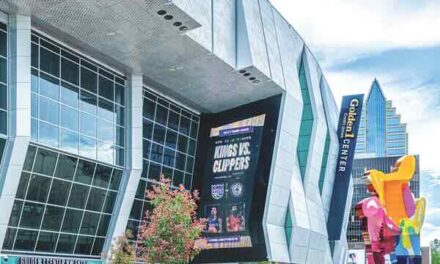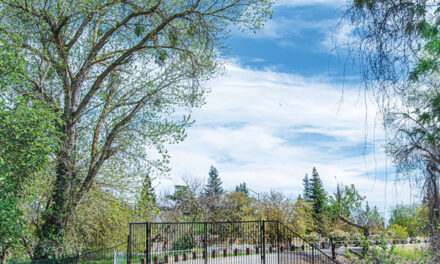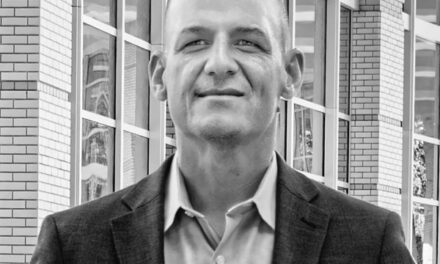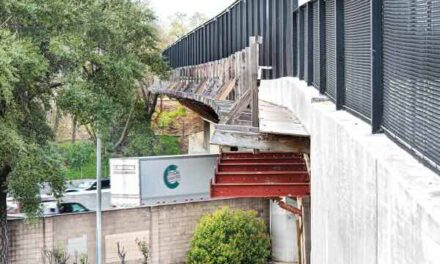On wintery Friday nights when the town is quiet and my friends have gone home, I sometimes treat myself to harness races at Cal Expo. This ritual is not driven by a gambling passion—outside the track, I never bet on anything—but because I find the races peaceful and nostalgic.
If you grew up in Sacramento, horse racing has always been around, a low-profile piece of the sports landscape, faithfully delivering entertainment and fellowship and cold beer and hot dogs. It’s a living museum piece woven into local history.
When Leland Stanford sought photographic proof that racehorses launch themselves into the air as they gallop, he brought his experiment to Union Park, a 19th century track in Midtown. Joe DiMaggio liked to sit in Cal Expo’s dull, gray press box for State Fair thoroughbred races because nobody bothered him there.
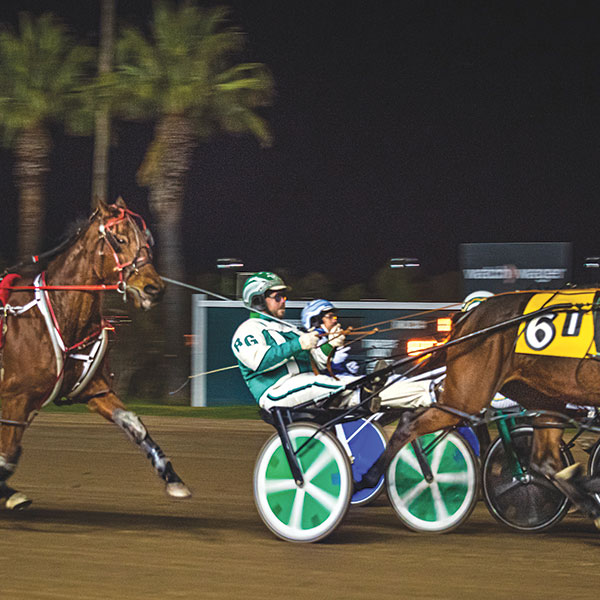
Thoroughbreds haven’t been seen at Cal Expo since 2019, thanks to the pandemic, but harness horses—the hardiest racing breed—have been working Friday and Sunday evenings since mid-November. They pull drivers in sulkies and go slower than thoroughbreds, showcasing dignified gaits of pace and trot.
The drowsy tempo discourages some fans, but I prefer harness racing. It’s much safer for animals and humans. And it’s pure Sacramento, with no better version found in San Francisco or Los Angeles. The nearest harness town is Cicero, Illinois.
Harness racing has been a feature on the local sports calendar since 1971, which means its longevity far exceeds whatever happens at Golden 1 Center or Sutter Health Park. There was a time when crowds in the thousands arrived for nightly harness races, but those days are gone.
Now a few hundred fans gather at Cal Expo, mostly habitual track customers who find a seat in the satellite wagering pavilion and watch the action on TV. Races are broadcast to betting sites around California, places such as Monterey, Pleasanton, Stockton, San Bernardino, San Mateo, Cypress and Vallejo. Punters also play from their phones on a platform called Watch and Wager. Remote bettors keep harness racing alive.
Horse racing has been in decline for decades. Other games, especially baseball, see fearsome warnings in the withering of bygone events that once captivated millions. The challenge is how to stop attrition as old fans die and new prospects embrace diversions such as mixed martial arts.
Over the past 30 years, I’ve seen three main reasons why younger people don’t like horse racing.
First came concerns about cheating. Racing was never a citadel of honesty, thanks to its association with gambling. Where there’s gambling, there’s cheating. Races are easy to corrupt, with pharmacies available to trainers and fans having no way to tell whether any horse is truly fit.
Second came the complexities of horse racing. Track programs are compendiums of information, facts that range from past performances to breeding histories to trainer and driver rankings. All that data takes work to comprehend—until after the race, when fluorescent numbers leap from the page and reveal everything you overlooked.
Then came the saddest discouragement of all—horses dead at the track. To imagine how a horse runs, think about trying to run on your toes. A hoof is a horse’s toe. It takes a pounding when they run.
For various reasons—too frequent racing, poor track surface, running while injured and medicated—horses develop stress fractures in the bones that lead from the hoof. Sometimes those stress fractures bring catastrophic failure, especially in the fetlock above the hoof.
Three years ago, Santa Anita was temporarily closed when 23 thoroughbreds died in less than three months. Twenty-one had preexisting stress fractures. Horses die for many reasons, but officials focused on wet track conditions and lame horses being sent to race.
Harness horses move slower with less stress on their fetlocks. They don’t gallop and rarely die on the track. They are sturdy and hearty and not always easy to predict, which is why some of us still watch and bet them on wintery nights at Cal Expo.
R.E. Graswich can be reached at regraswich@icloud.com. Follow us on Facebook, Twitter and Instagram: @insidesacramento.



